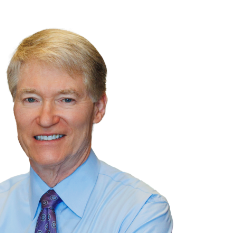 Liposuction has evolved quite a bit since surgeons first performed the procedure to remove unwanted fat. In the early days of liposuction, there were long recovery periods and considerable side effects. Improvements in technology and techniques have helped liposuction surgeons deliver better results with lower risks and fewer side effects.
Liposuction has evolved quite a bit since surgeons first performed the procedure to remove unwanted fat. In the early days of liposuction, there were long recovery periods and considerable side effects. Improvements in technology and techniques have helped liposuction surgeons deliver better results with lower risks and fewer side effects.
Dr. George Sanders, our Los Angeles-area plastic surgeon, believes these refinements may be of interest to liposuction candidates. Read on as he explains what has changed over the past few decades.
Tumescent Lipo: Reduced Risks, Optimal Results
One of the most remarkable advances in liposuction is the tumescent technique, which is now considered the gold standard. The approach involves infusing the treatment area with a special fluid containing lidocaine (to numb the area), epinephrine (to constrict blood vessels), and saltwater. The fluid helps to soften the fat and make it easier to remove.
In many cases, the tumescent technique helps patients avoid general anesthesia and the related risks. Patients tolerate tumescent liposuction very well, and there is a lower risk of complications. Recovery time is generally shorter with less bleeding and bruising after the procedure.
Advances in Technology and Instruments
The cannulas used to remove fat have changed over time. Modern cannulas come in many different shapes and sizes, including small sizes for delicate treatment areas. Smaller cannulas are easier to control for more precise sculpting. Surgeons can select from sharp, angled or blunt-tipped cannulas, depending on the area being treated.
Certain cannulas are power-assisted, meaning the tip vibrates as the cannula works, reducing the chances of the surgeon becoming fatigued during the operation.
Some plastic surgeons use the Separation, Aspirate and Fat Equalization, or SAFE, technique for a smoother contour after treatment. This involves first separating or loosening the body fat so it is easier to remove. The excess fat is then suctioned or aspirated, and finally the layer of fat left behind is smoothed out so it fills in every contour.
Dr. Sanders wants to remind you that although technology and equipment are certainly important, what matters more is the skill and experience of the surgeon performing the procedure. Find a surgeon that is certified by the American Board of Plastic Surgery and has demonstrated exceptional results.
Contact Dr. George Sanders
To meet Dr. Sanders and discuss your personal liposuction treatment goals, please call (818) 981-3333 or email our practice today.





